Introduction: Repair Heating Systems
When your heating system fails to keep your home warm, understanding basic heating repair principles can save you time, money, and discomfort during cold-weather emergencies. This comprehensive guide addresses the most common heating repairs homeowners face, from simple thermostat issues to complex furnace problems requiring professional service.
What This Guide Covers
This guide covers heating repair for all major residential heating systems, including gas and electric furnaces, heat pumps, boilers, and ductless systems. You’ll learn diagnostic techniques, step-by-step repair procedures for common issues, and clear guidance on when to attempt DIY fixes and when to call skilled technicians for complex electrical issues or gas-related problems.
Who This Is For
This Repair Heating Systems guide is designed for homeowners experiencing heating system problems, property managers responsible for multiple properties, and DIY enthusiasts wanting to understand heating repair basics. Whether you’re dealing with a complete system failure or noticing unusual noises from your furnace, you’ll find practical solutions and safety guidance.
Local heating repair companies may have varying experience and resources to repair different heating systems, so understanding your system can help you choose the right service provider. Learn more about JD’s Plumbing, Heating and Air Conditioning.
Why This Matters for Repair Heating Systems
A functioning heating system plays a crucial role in home safety, comfort, and energy efficiency. Emergency heating repairs during peak winter months often result in higher repair costs and limited technician availability. Understanding basic troubleshooting can help you address issues quickly and avoid costly repairs through proper routine maintenance. Choosing a professional service can prevent further damage and costly repairs due to improper handling.
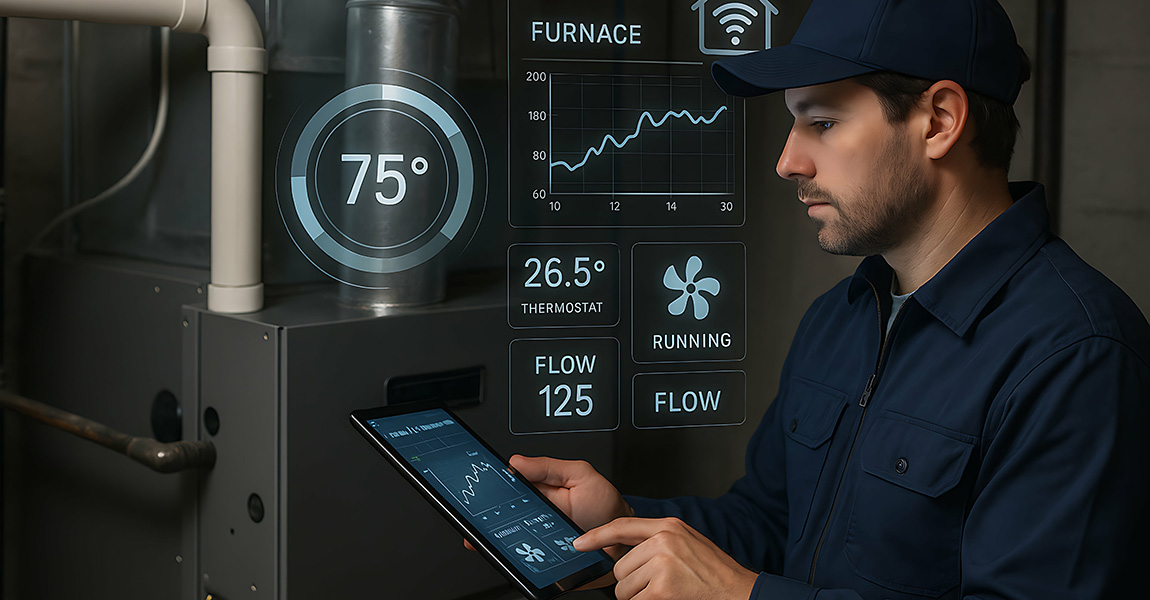
What You’ll Learn in Repair Heating Systems Guide
- How different heating systems operate and common failure points
- Systematic diagnostic techniques for identifying heating problems
- Safe DIY repair procedures versus when to call professionals
- Step-by-step solutions for the most frequent heating issues
- Cost-effective maintenance strategies to prevent significant problems
Table of Contents
Understanding Your Home Heating System
Heating systems generate and distribute heat throughout your home using various energy sources and delivery methods. The four main types include furnaces (gas, electric, or oil), heat pumps, boilers with radiant distribution, and ductless mini-split systems. Many homes also rely on an air conditioner for cooling, which is often integrated into the overall HVAC system. Each system type has unique components and repair requirements that directly impact your approach to heating repair.
Understanding your specific heating system type is essential because diagnostic techniques and repair procedures vary significantly between systems. A faulty thermostat affects all systems similarly, but a heat pump requires different troubleshooting than a gas furnace when producing cold air instead of heat. Maintaining optimal heating air circulation is also crucial for comfort and system efficiency.
Regular servicing of all types of heating and cooling systems, including air conditioners and heating units, is important to ensure reliable operation and prepare for seasonal changes.
Furnace Systems
Gas, electric, and oil furnaces heat air directly and distribute it through ductwork using a blower motor. Key components include the heat exchanger (where combustion occurs in gas units), blower motor for air circulation, air filters for system protection, thermostat for temperature control, and ductwork for heat distribution. The furnace serves as the primary heating system in many homes, making it susceptible to specific issues such as inadequate heat, malfunctioning parts, or inefficient operation.
This connects to heating repair because component failure in any part of the system affects overall system performance. Timely heater repair is essential to address heater issues like restricted airflow from dirty filters or faulty thermostats, which can cause the heating system to overheat, run inefficiently, or fail to maintain comfort, resulting in uncomfortable temperatures and higher energy bills.
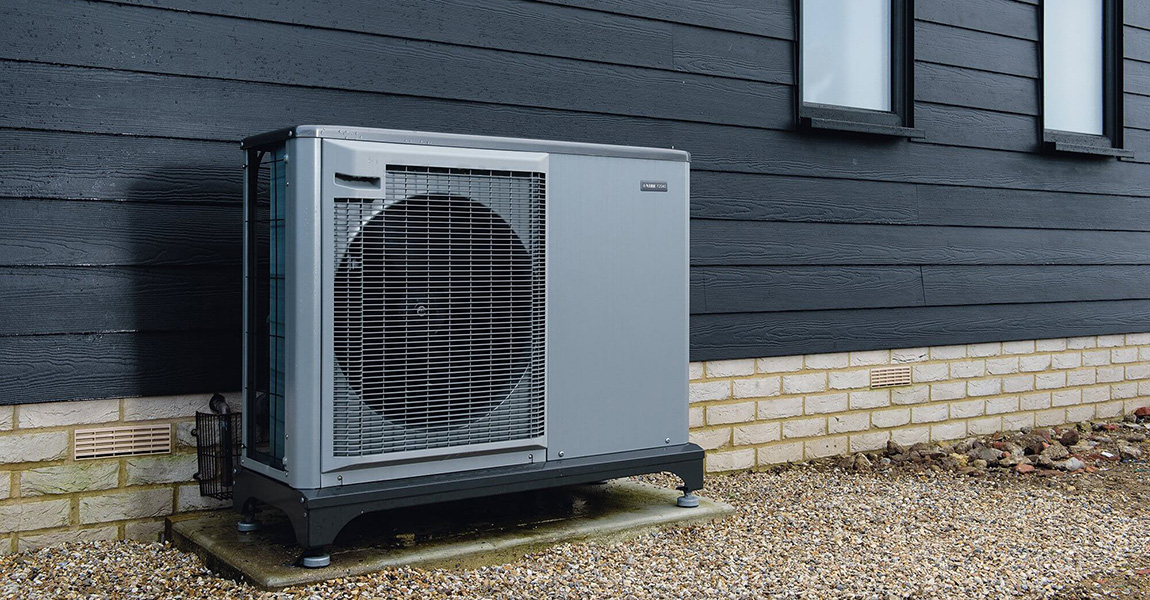
Heat Pump Systems
Heat pumps transfer heat from outdoor air or ground sources rather than generating heat through combustion or electrical resistance. Air source heat pumps include an outdoor unit, an indoor unit, refrigerant lines, and a reversing valve that switches between heating and cooling modes.
Building on furnace knowledge, heat pumps require different repair approaches because they use refrigerant systems and operate year-round for both heating and air conditioning. Common heat pump issues include frozen outdoor coils, refrigerant leaks, and reversing valve problems that don’t occur in traditional furnaces.
Boiler and Radiant Systems
Hydronic heating systems heat water in a boiler unit and circulate it through radiators, baseboard heaters, or in-floor tubing. Key components include the boiler unit, circulation pump, expansion tank, radiators or radiant tubing, and zone valves for multi-zone systems. Boilers operate within a specific pressure range, typically around 1.5 bar, which should be regularly checked to ensure proper operation.
Unlike forced-air systems, boiler repairs often involve water pressure issues, pump failures, and radiator problems. This creates unique repair considerations, including maintaining proper water pressure, bleeding radiators, and ensuring the circulation pump operates for effective heat distribution.
Transition: Now that you understand your heating system components, the next step is to systematically diagnose problems when your system fails to provide adequate heat.
Diagnosing Common Heating Problems
Effective heating repair begins with systematic troubleshooting to identify the root cause before attempting any fixes. It’s important to recognize when a fix should be handled by a professional to ensure the job is completed safely and correctly. This diagnostic approach helps you determine whether you’re dealing with a simple issue, such as dirty filters, or a complex problem that requires professional service from qualified technicians.
No Heat Production
When your heating system produces no heat, start with the simplest potential causes. Check your thermostat settings and replace batteries in digital units, verify the circuit breaker hasn’t tripped, and ensure your furnace or heat pump has power. For gas systems, check whether the pilot light is lit and whether the electronic ignition is functioning. Persistent pilot light issues may require a professional to inspect the gas line and furnace.
Safety becomes critical when diagnosing no-heat situations. If you smell gas, hear unusual noises, or notice electrical issues, stop troubleshooting immediately and contact professional repair services. These situations require immediate attention from skilled technicians equipped to handle dangerous conditions safely.
Insufficient Heat Output
Insufficient heat often results from restricted airflow due to dirty air filters, blocked vents, or ductwork issues. Start by checking and replacing air filters, then inspect supply and return vents for obstructions. Feel for warm air coming from vents when the heating system is running to verify airflow. Replacing a dirty air filter is a simple fix for many heating problems, and it should be done every 1-3 months to maintain efficiency.
Unlike a complete system failure, insufficient heat may indicate aging HVAC equipment losing efficiency or ductwork leaks, both of which reduce heat delivery. These issues can lead to higher energy bills as your system works harder to maintain comfortable temperatures throughout your home.
Strange Noises and Odors
Concerning sounds include banging from ductwork expansion, whistling from restricted airflow, grinding from worn blower motor bearings, or clicking from electrical components. Each sound type suggests different repair needs and urgency levels.
Dangerous odors require immediate action: gas smells indicate potential leaks requiring emergency professional service, burning odors suggest electrical problems or overheating components, and metallic smells may indicate heat exchanger issues. When safety is concerned, evacuate and call professionals rather than attempting to perform heating repairs yourself. Cleaning the flame sensor is essential for resolving ignition issues in gas furnaces and preventing further complications.
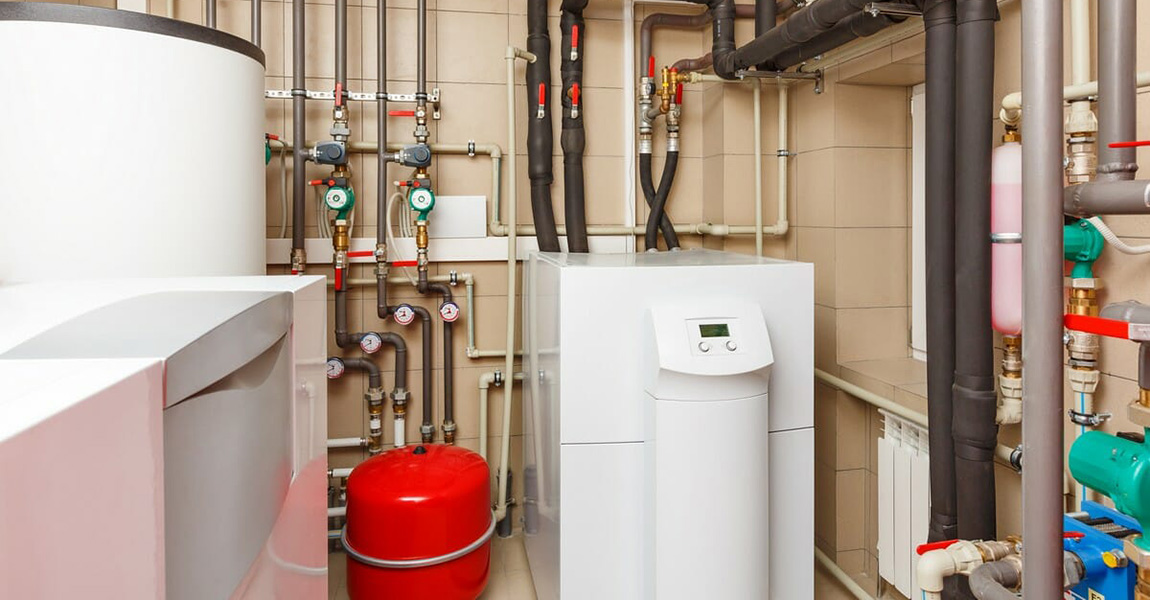
Key Points:
- Always start diagnostics with simple, safe checks like thermostat and filter inspection
- Distinguish between minor issues and serious safety hazards requiring professional help
- Document symptoms to provide clear information when calling repair services
Transition: With the proper diagnostic techniques identified, you can now proceed to safe repair procedures for common issues within the homeowner’s capabilities.
Step-by-Step Heating Repair Procedures
Building on your diagnostic knowledge, certain heating repairs fall within safe DIY capabilities while others require professional technicians due to electrical issues, gas connections, specialized HVAC equipment, or when plumbing work is involved in boiler or radiant systems. Some problems can only be properly fixed by a professional, especially when components need to be replaced or when plumbing expertise is required. Always prioritize safety and know your limits when attempting heating system repairs.
Step-by-Step: Thermostat Troubleshooting and Repair
When to use this: Unresponsive thermostat, erratic temperature control, or heating system not responding to temperature adjustments.
- Check Power Source: Replace batteries in digital thermostats or verify hardwired units have power at the circuit breaker.
- Verify Settings: Ensure the thermostat is set to “heat” mode with the temperature set above the current room temperature, and check the programming schedules.
- Clean Contacts: Remove the thermostat cover, then gently clean the wire connections and internal contacts with compressed air or a soft brush.
- Test Calibration: Use a separate thermometer to verify that the thermostat reads the room temperature accurately; consider replacing it if the readings differ by more than 3 degrees.
Step-by-Step: Air Filter Replacement and System Cleaning
When to use this: Reduced airflow, dusty air from vents, or as part of regular maintenance to prevent costly repairs.
- Locate Filter: Find the filter compartment near the furnace air handler or return air vent, and note the airflow direction arrows on the old filter.
- Inspect Condition: Check if the filter appears dirty, clogged, or damaged; dirty filters restrict airflow and force systems to work harder.
- Install New Filter: Insert a replacement filter that matches the size specifications, with the airflow arrows pointing toward the furnace or air handler.
- Clean Accessible Areas: Vacuum supply and return vents, and wipe down accessible ductwork near the unit for improved air quality.
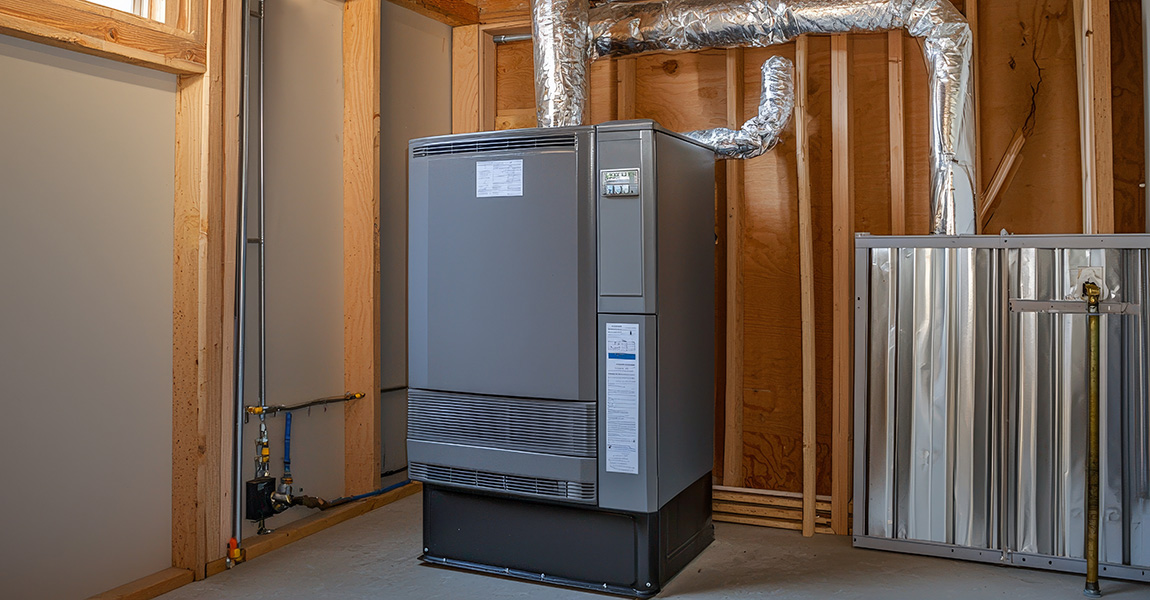
Comparison: DIY Repair vs Professional Service
Task Type | DIY Appropriate | Professional Required | Safety Consideration |
|---|---|---|---|
Filter replacement | Yes – monthly maintenance | No | Minimal risk |
Thermostat batteries | Yes – simple procedure | No | No electrical hazard |
Gas line repairs | No – dangerous | Yes – license required | Gas leak risk |
Electrical wiring | No-code requirements | Yes – licensed electrician | Electrocution risk |
Heat exchanger issues | No complex diagnosis | Yes – specialized equipment | Carbon monoxide risk |
For most homeowners, DIY heating repair should focus on routine maintenance, such as filter changes and basic thermostat troubleshooting. Professional services are necessary for gas-related work, electrical repairs, and internal component replacement, which require specialized tools and safety knowledge.
Transition: Even with proper repair techniques, certain challenges persist in heating systems and require targeted solutions.
Common Heating Repair Challenges and Solutions
These challenges represent the most frequent service calls for heating repair, often developing gradually before becoming significant problems requiring immediate attention from homeowners or professional technicians.
Keeping your home cool in the summer and warm in the winter is essential for year-round comfort. Professional services are equipped to address both heating and cooling needs, ensuring your home’s interior remains comfortable year-round.
In cases where high energy bills or persistent problems continue despite repairs, it may be time to consider a new unit. Upgrading to a new unit can improve efficiency and reliability, especially when the current system is outdated or no longer cost-effective to fix.
Providing excellent service is our top priority, ensuring customer satisfaction and long-term comfort with every repair, maintenance, or installation.
Challenge 1: Frequent System Cycling On and Off
Solution: Check for oversized heating equipment, replace dirty filters restricting airflow, or have technicians inspect limit switches that control system operation cycles.
Short cycling wastes energy and increases wear on system components, often due to improper installation or aging equipment that no longer meets home heating needs efficiently. Frequent cycling of your heating system could also be due to a malfunctioning thermostat or a heat exchanger issue, leading to higher energy bills and reduced system efficiency.
Challenge 2: Uneven Heating Throughout Home
Solution: Inspect and seal ductwork connections, adjust dampers in supply vents to balance airflow, and check insulation around ducts in unconditioned spaces.
Poor heat distribution often indicates ductwork problems or an inadequate system design, leaving some rooms cold while others overheat, leading to higher energy bills and comfort complaints.
Challenge 3: High Energy Bills Despite Normal Operation
Solution: Perform an efficiency tune-up, including cleaning components, sealing air leaks around windows and doors, and consider upgrading aging HVAC equipment with energy-efficient models. If repairs are no longer cost-effective, installing a new unit can provide significant energy savings and improved comfort.
Rising energy costs often signal declining system efficiency due to wear, improper maintenance, or equipment that no longer runs as efficiently as newer technology available through installation services.
Challenge 4: Frozen Heat Pump in Winter
Solution: Clear ice buildup from the outdoor unit, verify the defrost cycle operates properly, and maintain adequate clearance around the equipment for proper airflow.
Heat pump freezing occurs naturally under certain weather conditions, but persistent ice buildup indicates defrost problems that require professional diagnosis to maintain reliable service throughout the winter months.
Transition: Understanding these common challenges helps you maintain your heating system proactively and know when to seek professional help.
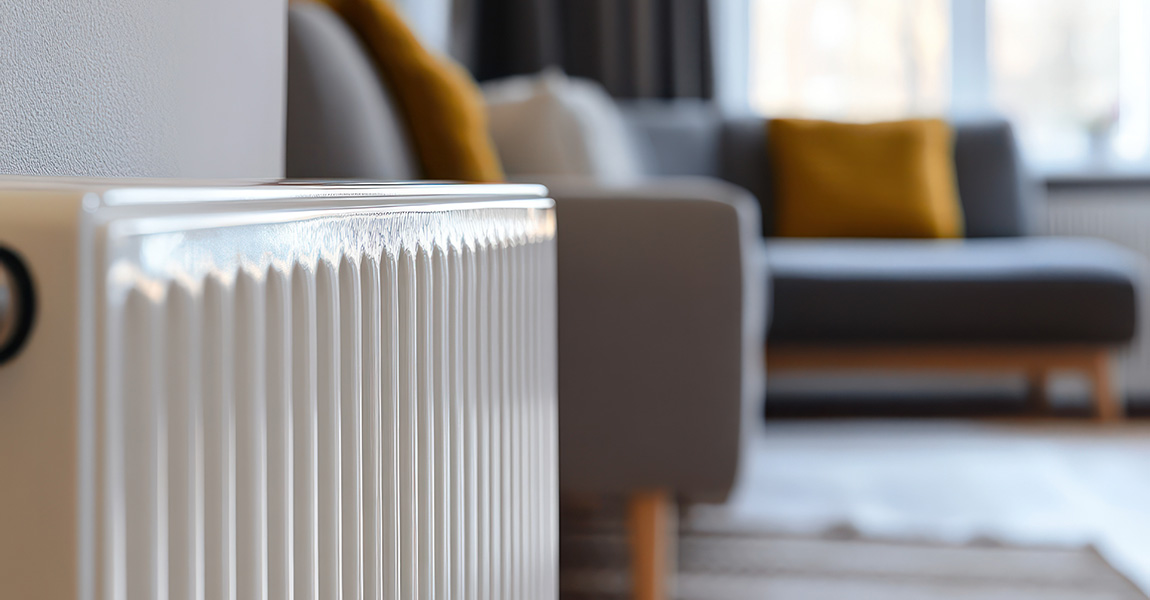
Energy Efficient Heating Solutions
Energy-efficient heating solutions play a crucial role in keeping your home comfortable while reducing energy bills and environmental impact. One of the most effective ways to boost efficiency is by installing a heat pump. Unlike traditional heating systems that generate heat by burning fuel, heat pumps transfer heat from the outside air or ground into your home, making them an energy-efficient option for both heating and cooling. This dual functionality means you can maintain a comfortable temperature year-round with a single system.
Regular maintenance is also key to ensuring your heating system remains energy efficient. Simple tasks like cleaning or replacing air filters can prevent restricted airflow, allowing your system to run efficiently and use less energy. Inspecting ductwork for leaks and ensuring all components are clean and in good working order further enhances performance and helps you save money on energy bills.
By investing in energy-efficient heating solutions and maintaining them regularly, you not only lower your monthly costs but also contribute to a more sustainable future. Whether you’re considering installing a new heat pump or simply want to keep your current heating and cooling system running at its best, these steps are essential for maximizing comfort and savings.
Heating System Replacement: When and How to Upgrade
Deciding when to replace your heating system is an important step in maintaining a comfortable and cost-effective home. If your current system is struggling to provide adequate heat, requires frequent repairs, or is causing higher repair costs, it may be time to consider an upgrade. Continuing to repair an old or inefficient system can quickly become more expensive than investing in a new, energy-efficient unit.
When replacing your heating system, it’s essential to evaluate factors such as your home’s size, the type of fuel available, and the energy efficiency ratings of potential new units. Upgrading to a modern heat pump or a high-efficiency furnace can significantly reduce your energy bills and provide more reliable heat. A professional HVAC technician can assess your needs, recommend the best system for your space, and ensure the new equipment is installed correctly for optimal performance.
Installing a new heating system is also an opportunity to take advantage of the latest technology, such as smart thermostats and advanced filtration, which can further improve comfort and efficiency. By working with a skilled technician and choosing the right system, you’ll enjoy better heating, lower operating costs, and peace of mind knowing your home is equipped for the future.
Preventing Future Heating Problems
Preventing future heating problems starts with regular maintenance and a proactive approach to system care. One of the most common causes of heating issues is a faulty thermostat, which can lead to inconsistent temperatures or a system that fails to turn on when needed. Dirty filters are another frequent culprit, as they restrict airflow, force your system to work harder, and can result in higher energy bills or even costly repairs if left unaddressed.
To keep your heating system running efficiently, schedule regular maintenance with a professional technician. During these visits, the technician will inspect your system, clean or replace air filters, check for electrical issues, and listen for unusual noises that could signal developing problems. Heating repair technicians often possess certifications and undergo ongoing training, ensuring they are equipped to handle a wide range of issues effectively. Keeping the area around your heating equipment clear and being attentive to any changes in performance can also help you catch issues early, before they lead to significant repairs.
By staying on top of routine maintenance and addressing small problems promptly, you can extend the life of your heating system, avoid unexpected breakdowns, and ensure your home remains warm and comfortable all season long. Regular care not only helps prevent costly repairs but also keeps your system operating at peak efficiency, saving you money and stress in the long run.
Conclusion: Repair Heating Systems
A systematic approach to heating repair combines safety awareness, basic diagnostic skills, and a realistic assessment of your capabilities versus tasks requiring professional service. Successful heating system maintenance balances cost-effective DIY tasks with timely professional intervention for complex repairs, ensuring your home stays warm while avoiding unnecessary risks and costly emergency calls. Remember, maintaining both your heating and cooling systems—including your air conditioner—is essential for keeping your home comfortable year-round.
To Get Started:
- Assess Your System: Identify your heating system type, locate key components such as filters and circuit breakers, and document any recent performance issues or unusual noises.
- Perform Basic Maintenance: Replace air filters, check thermostat batteries, and clear debris from outdoor heat pump units to prevent common problems.
- Establish Professional Relationships: Research locally owned heating and air conditioning companies, request a free estimate for annual maintenance, and keep contact information readily available for emergency repairs.
Related Topics: Explore preventive maintenance schedules to avoid unexpected breakdowns, energy efficiency upgrades that reduce operating costs, and emergency preparedness, including backup heating options during extended outages.
Consider replacing the heating system when repair costs exceed 50% of the cost of new equipment, or when aging systems no longer provide reliable service despite regular maintenance. Contact Us at JD’s Plumbing, Heating and Air Conditioning to learn more about Repair Heating Systems and furnace replacement.


